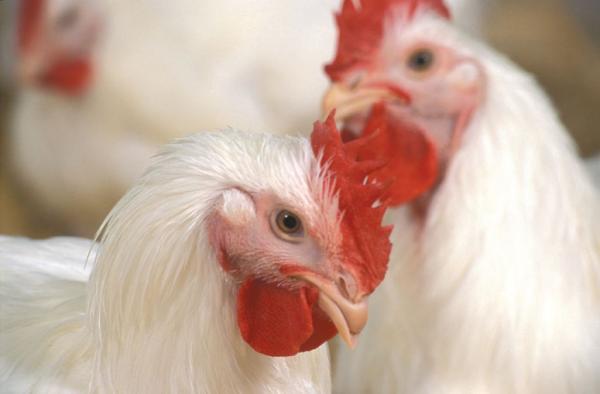Alphainfluenzavirus influenzae (ICTV 2023)
Highly pathogenic avian influenza (HPAI), fowl plague
First noted in Italy in 1878 (CABI)
n/a
Projected to arrive in the U.S. in migratory birds or through poultry imports (Global Invasive Species Database 2005)
Infects poultry, waterfowl, and occasionally mammals (including humans) (CABI)
Not currently established in the U.S.

Avian influenza, ARS scientists are working to improve vaccines and technology to help control bird flu
Photo by Stephen Ausmus; USDA, ARS Image Gallery
Spotlights
Distribution / Maps / Survey Status
Videos
All Resources
Selected Resources
The section below contains highly relevant resources for this species, organized by source.
Partnership
Federal Government
International Government
State and Local Government
Academic
Professional
CABI. Invasive Species Compendium. Avian influenza. CAB International. [Accessed Mar 16, 2023].
ICTV. 2023. Alphainfluenzavirus influenzae. Virus Taxonomy: 2023 Release, MSL #39.
